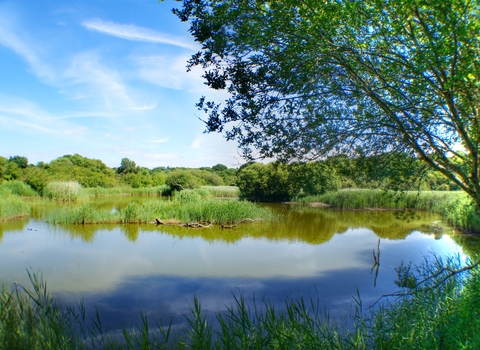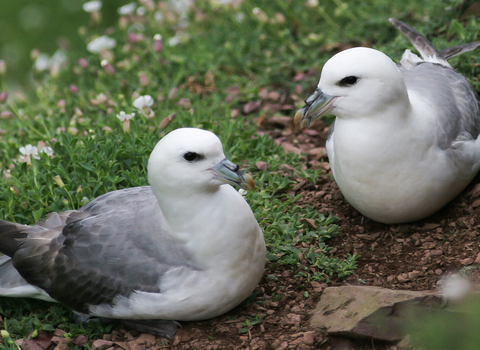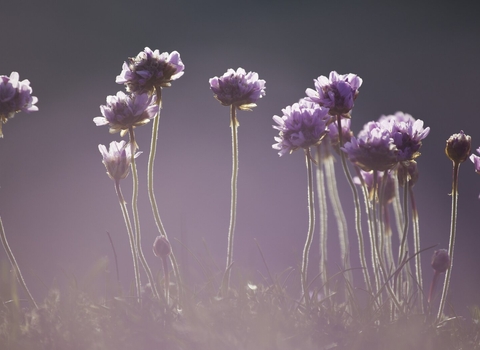Ash dieback is present on this site and is under management. Please respect any signage on site with regard to path closures.
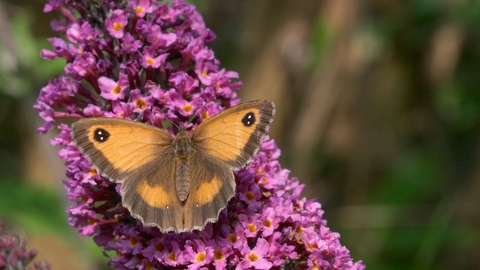
WildNet - Jon Dunkelman
Coed Maidie B. Goddard
Location
Know before you go
Dogs
When to visit
Opening times
Open access reserve.Best time to visit
Spring and summerAbout the reserve
Part of the woodland is mature secondary Ash woodland. There is also a large area of previously clear felled conifer plantation, now over 20 year old regenerating Ash woodland, which has an attractive mossy ground flora with ferns and Wood Sorrel (4-5). In this woodland, bark scraping by the local population of Red Deer is clearly visible. One compartment of woodland remains conifer, and was host to a heronry until recently when ravens took over. Two planted specimens of Black Poplar grow in the meadows.
Many butterfly species use the meadows and woodland edges, including Common Blue, Small Skipper, Gatekeeper, Ringlet, Orange Tip, Comma and Speckled Wood among others.
A large Badger sett can be found in one of the wooded gullies, and Goldilocks Buttercup (4-5) also occurs along the edge of the reserve.
There are two ponds and two scrapes in one meadow where dragonflies and damselflies can be seen in the warmer months including Broadbodied Chaser, Common Darter and Emperor dragonflies and Large Red, Blue Tailed and Azure Blue damselflies.
Common Frogs, Common Toads, Slow Worms and Grass snakes all use the reserve.
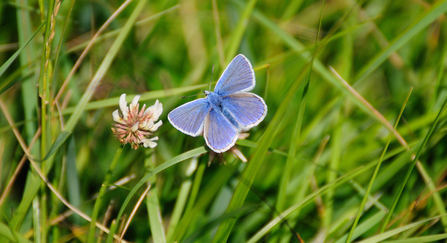
WildNet - Zsuzsanna Bird

